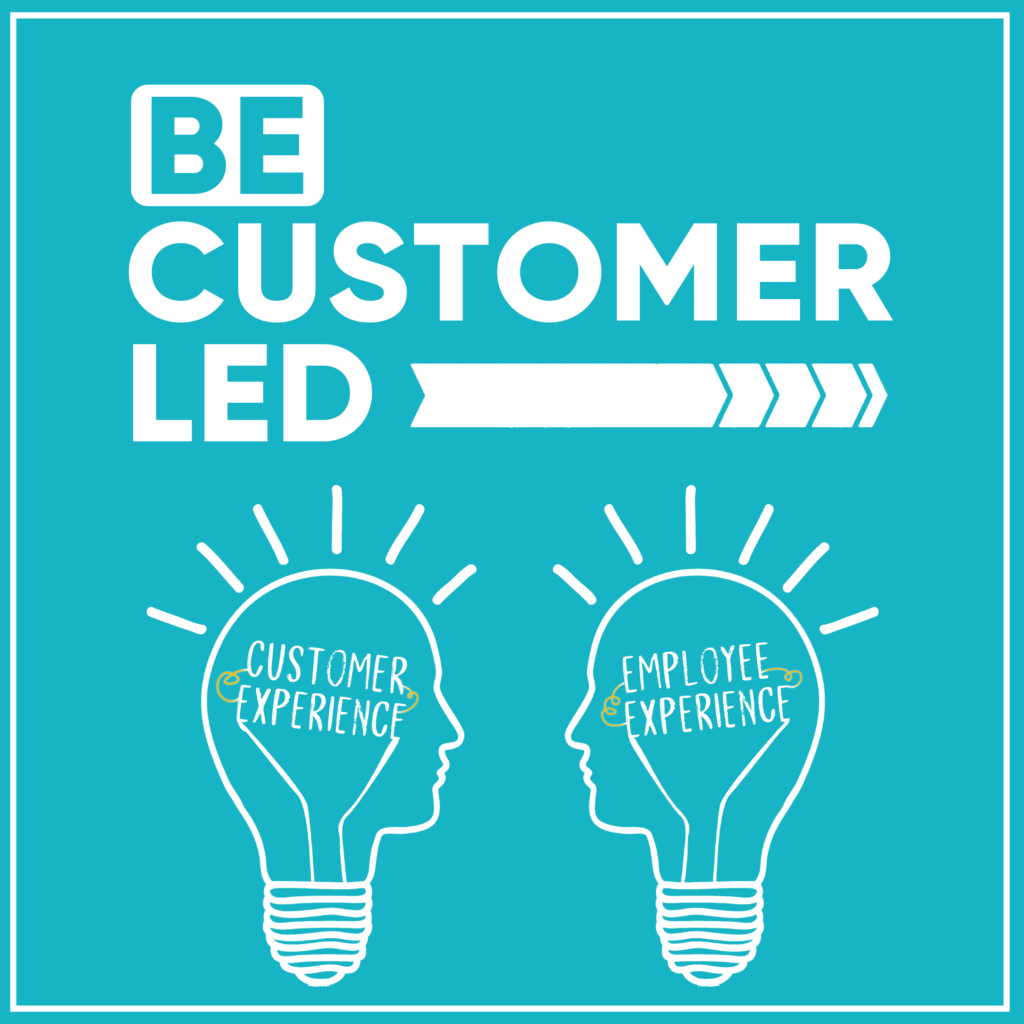Wouldn’t you know it took a global pandemic for a lot of companies to realize how important their workforce is. So much so that recent work by Accenture showed that 50% of C-Suite executives believe they are responsible for making their workforce better off; this is up from 35% before the pandemic. The research also highlights that Chief HR Officers are never better positioned to lead the charge on the effort to refocus the company from an operational focus to a people focus and create a best-in-class employee experience. Let me run down why that’s a) not the best approach, b) who is best positioned to lead this work, and c) what actions could be taken to deliver a successful outcome.
Employee Experience should not be owned by the HR organization. I can appreciate why many companies might think so. However, many of today’s HR organizations do not have the human centered design (HCD) toolkit to execute on this agenda; whereas the Customer Experience (CX) team, if it exists, does have that toolkit and they should be partnering on this work. I’ve often found that as CX teams mature, there is more time focused on culture change and ensuring team members have the tools to deliver a best-in-class experience across channels. Conversely, HR, more and more is policy and benefits focused.
But couple HR’s data with an HCD approach, and you have the possibility of:
- Creating detailed personas
- Rich journeys of the employee experience
- Improved analytics to understand the why behind certain behaviors through the employee journey
- An opportunity to design meaningful employee experiences that drive employee engagement and improve outputs against business objectives.
Second, while HR and CX can partner, this ultimately has to be owned by the CEO. If you work for a company, or are interviewing at one, where that’s not the case, they’re likely not committed to it. Much like the CEO is invested in ensuring HR is delivering value for their organization, and in the CX team creating experiences that help fuel business objectives, they should be supported by the marriage of the two; the value of the combined efforts is clear and measurable.
So where do we go from here?
First, bring your HR and CX teams together to apply an HCD process to this effort.
Start with understanding what your employees needs are. If you’re lucky, what they need is what you think you needed to develop and deliver. Worst case, if it’s not aligned, you have insight into how big an effort your change management work will be. What you want to achieve is setting aside your assumptions about your workforce and gain real, unvarnished insight.
Create opportunity statements based on what you’ve learned. Create personas from the insights gained to help keep you human-centered and support you in ideating possible solutions against those opportunity statements.
Use the insights you’ve gained to only ideate potential solutions, but also consider reframing the original problem considered. Think about how that might change your opportunity statement and the ideas you and the team generated.
Next, start to create solutions. These can be low-fi or hi-fi prototypes. The important thing is to start turning your ideas into something you can start to test with employees and start to get feedback. Finally, test and learn! Don’t be scared if something isn’t showtime ready; get it in the field early and start getting insights from employees about what they think.
Finally, take what you’ve learned in test & learn and create a final product.
What I’ve summarized is above is not new; it’s a simple design thinking process. Now the work may not be simple, but the results you gain will avoid nasty issues like technical debt, human debt, or other things that slow you down and cost your company money.
